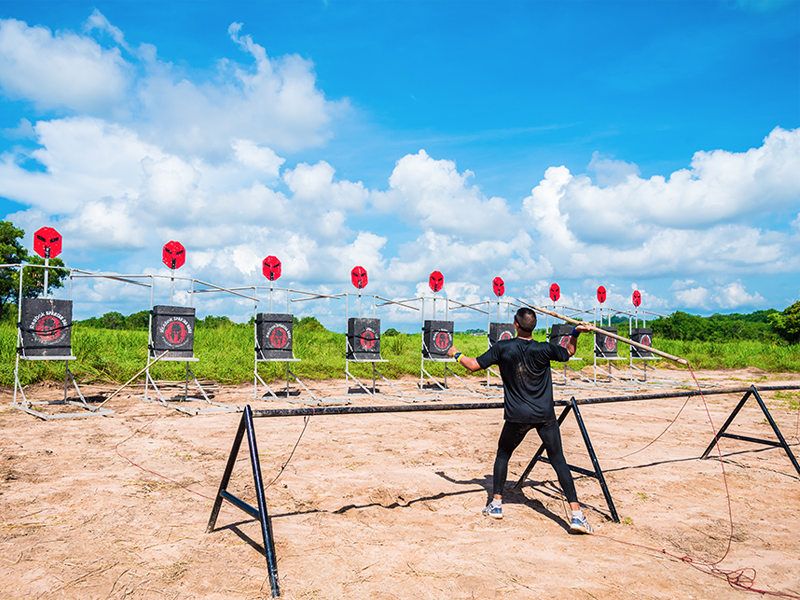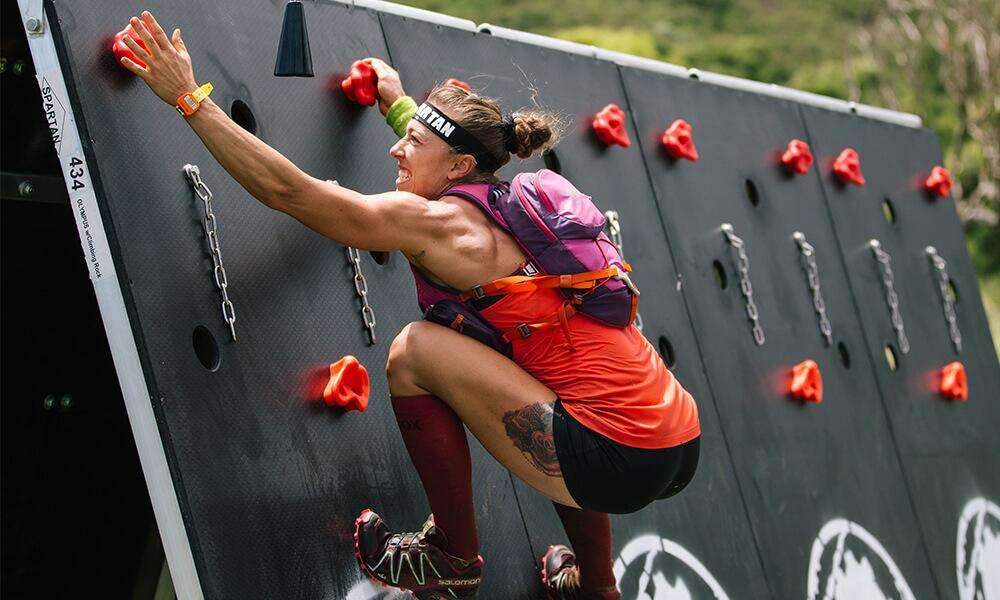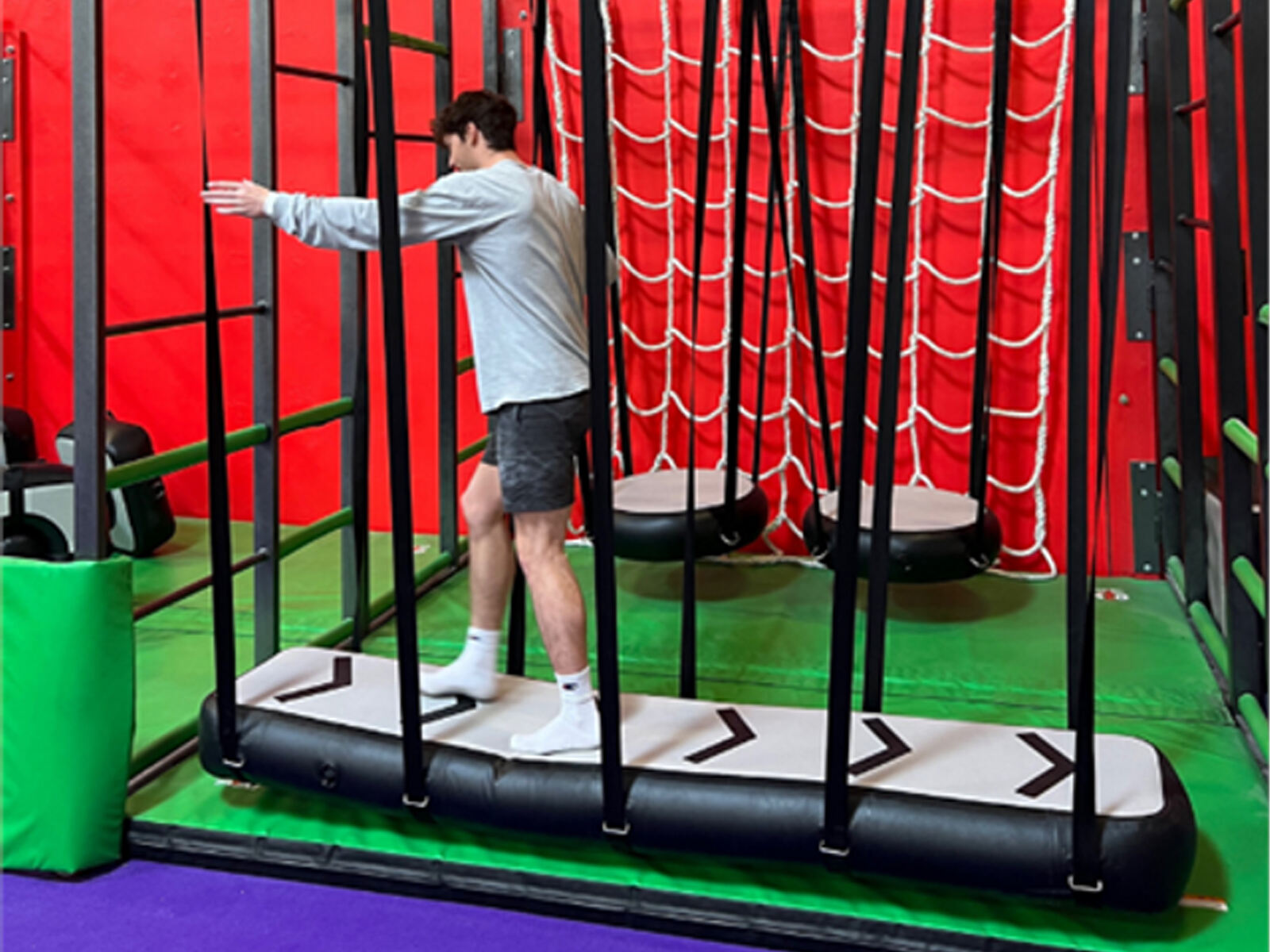What is OCR and where it came from and when the modern pentathlon OCR started
The Evolution of Modern Pentathlon: Embracing OCR
From Riding to Obstacle Course Racing: A Historical Shift
Modern Pentathlon has always shown what an all-round athlete can do, mixing swimming, fencing, horse riding, and running across country. Back in the early 1900s, someone thought up this mix to show off what soldiers needed to be good at. For years, these same old events defined the sport, but now Obstacle Course Racing (OCR) is shaking things up big time. People are getting excited again about pentathlon because OCR brings something fresh to the table. The whole thing started gaining traction as OCR events popped up everywhere around the world. More folks than ever are signing up for OCR competitions too. Take the Modern Pentathlon Festival in New Zealand for instance most of those competing there had never done anything like it before. Sport analysts think this change does two main things updates what pentathletes need to know while keeping pace with how people want their sports these days. Looking ahead, we'll probably see even more transformations as OCR continues to blend into pentathlon, possibly changing how the sport looks in the coming years.
How OCR Enhances Athletic Versatility in Modern Pentathlon
Adding OCR to Modern Pentathlon really stepped up what athletes need to be good at, combining different physical skills much like the old pentathlon events did. Training for OCR works on things like being quick on your feet, building muscle power, lasting through tough conditions, and figuring out problems fast - all these things matter a lot when competing in Modern Pentathlon. Take the folks who competed in Beijing at the UIPM Obstacle World Championships last year, they were clearly better prepared because of their OCR experience. What makes OCR special is how it throws together so many different types of athletic challenges into one package. Most coaches agree that this kind of flexibility will become even more important going forward, particularly for anyone wanting to focus specifically on OCR within pentathlon competitions. More and more athletes are finding OCR attractive since it lets them work on several aspects of their sport simultaneously, which means pentathlon training methods are changing pretty quickly these days.
Key OCR Obstacles in Modern Pentathlon Competitions
Customized Spartan Race Obstacles: The Spear Throw Challenge
Spear throwing stands out as a real pain point in Spartan races, where getting it right means combining good aim with solid form. For those training for OCR events, nailing this particular obstacle can make all the difference when racing against others. Athletes have to hurl a spear toward a target positioned somewhere between 20 and 30 feet distant. It's not just about distance though the real test comes down to hitting that mark consistently while maintaining proper throwing mechanics. Miss the target entirely and competitors face a nasty consequence usually a bunch of burpees that eat into precious race time and drain energy reserves fast.
Veteran competitors will tell anyone who'll listen that consistent practice and working on form really matters when tackling this particular obstacle. Looking at past races shows just how big of a difference a solid spear toss can make in the standings. A good throw isn't just about strength either – timing and angle count for plenty too. Many racers spend weeks practicing at home before hitting the course. Want to get serious about improving? Plenty of folks swear by the Customized Spartan Race Obstacles Outdoor Warrior OCR Spear Throw setup they bought online last year.
A-Frame Climbing OCR Training: Mastering the Olympus Wall
The A Frame Climbing structure known as the Olympus Wall stands out as one of the toughest challenges during OCR training sessions. What makes this particular wall so difficult isn't just brute strength required, though that definitely plays a role. The real trick lies in figuring out how to move up those angled panels effectively. Most people find themselves struggling with the angle, needing to rely heavily on upper body muscles since foot placement is almost impossible. Climbers have to grab onto whatever they can get hold of chains, special grips, sometimes even the frame itself while trying to maintain balance. Every climb becomes a serious workout for arms and shoulders, testing both power and coordination at the same time.
Good training methods really work on building up grip strength, staying power, and keeping balance while climbing. Most athletes who do well tend to adjust their workouts specifically for those kinds of vertical obstacles they face regularly. People who coach OCR events talk all the time about how important it is to include different climbing structures in regular training sessions. Want to know more about what makes the Olympus Wall special compared to other training gear? Check out some real world examples at Spartan Race's obstacle course training section where they have various climbing structures including the A Frame and outdoor rock climbing setups that mimic actual race conditions.
Inflatable Ninja Warrior Courses: The Air Bridge Challenge
Ninja Warrior courses made from inflatable materials have become really popular lately, especially ones with the tricky Air Bridge obstacle. What sets these apart is how they challenge participants in ways traditional courses just can't. Athletes get better at moving quickly, staying balanced on unstable surfaces, and coordinating their whole body - skills that matter a lot for OCR events and even Modern Pentathlon competitions. The big plus? Those bouncy surfaces aren't as harsh on joints compared to concrete or asphalt. Most trainers notice fewer sprains and bruises when people practice on these inflatables, which explains why so many gyms and sports teams now incorporate them into regular training routines.
Inflatable training courses are gaining popularity among athletes because they're so versatile and quick to set up. People at all skill levels seem to get something out of them, especially pentathletes dealing with complex obstacles during competitions. Many trainers swear by these setups after adding features like the Air Bridge to their routines. Some actually see better performance metrics within weeks of regular practice. If someone wants serious obstacle training, the OCR 100m course with its Air Ninja Obstacles and 10 foot inflatables makes for pretty intense conditioning while mimicking actual competition conditions faced in events like the Ninja Warrior series.
Training for OCR Integration: Building Skills for Modern Pentathlon
Adapting to Spartan-Style Obstacle Course Racing
Bringing Spartan style obstacle courses into Modern Pentathlon training needs some serious adjustments in how athletes prepare. The sport demands that competitors build up skills in all sorts of different areas so they can handle whatever comes their way during an OCR event. Most pentathletes find cross training really helps because it gets them comfortable with a wider range of physical challenges than standard pentathlon workouts offer. Athletes who actually get out there and run real obstacle races tend to see better results overall when compared to those sticking strictly to conventional training routines. That's why many coaches now include specific Spartan style obstacles in their regular training sessions for pentathletes wanting to make the switch successfully. These modified programs help bridge the gap between traditional pentathlon requirements and what OCR events throw at competitors.
Balancing Speed, Strength, and Precision in OCR Events
Success in OCR events really comes down to getting speed, strength, and precision just right at the same time something that Modern Pentathletes know all too well. When training focuses properly on building these three things together, Modern Pentathletes see real improvements. Those athletes who get this mix figured out through specific OCR workouts tend to dominate competitions. According to sports researchers, our bodies need certain changes to boost both speed and power effectively. What these experts say makes sense when looking at training plans. Athletes can reach better results by following structured programs that cover everything needed without missing any important parts.
The Global Impact of OCR on Modern Pentathlon's Future
UIPM Obstacle World Championships: Bridging OCR and Pentathlon
The Union Internationale de Pentathlon Moderne (UIPM) has really pushed Obstacle Course Racing (OCR) into the Modern Pentathlon scene. We can see this happening at events like the UIPM Obstacle World Championships, where top athletes compete head to head. Last year alone, around 600 competitors showed up from 39 different countries, making it one of the biggest gatherings in the sport. Since the UIPM started supporting OCR seriously, more people have taken notice. Athletes who once only knew about pentathlons now find themselves training for obstacle courses too. Participation numbers keep climbing, especially since there's talk about possibly seeing OCR in the Olympics as soon as 2028. That prospect gets everyone excited. The UIPM isn't stopping here though. They want to blend these sports even more closely together, creating something entirely new that might change how we think about competitive athletics going forward.
Expanding Accessibility Through Urban Obstacle Racing
Urban obstacle racing is changing how people get involved in OCR and Modern Pentathlon across all sorts of communities. More cities around the world are setting up courses through streets and parks, letting regular folks experience these challenges first hand and bringing in bigger crowds than ever before. The numbers tell the story pretty clearly too there's been a real spike in participation rates lately, especially among younger generations who see this as their gateway into competitive sports. What makes this sport stand out? It brings everyone together regardless of background or fitness level. Local organizers report stronger neighborhood bonds forming after races, plus schools are starting to incorporate training sessions into PE programs. When cityscapes become playgrounds for athletes, something special happens. People start gathering regularly at these sites, building momentum that keeps kids interested in staying active while having fun at the same time.




